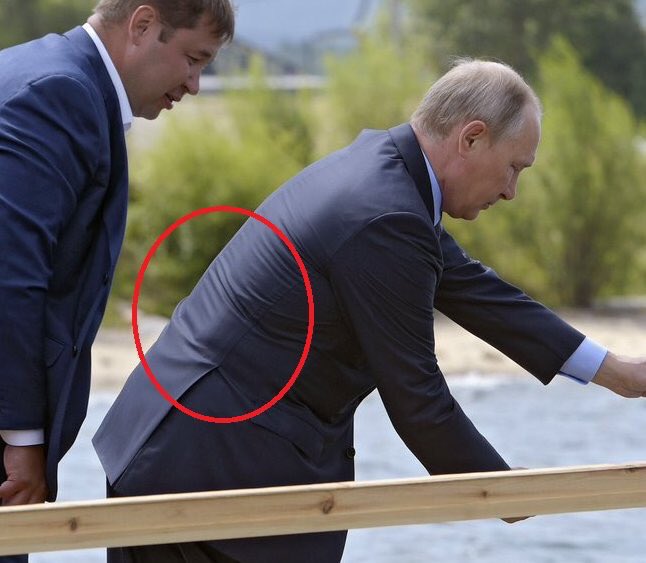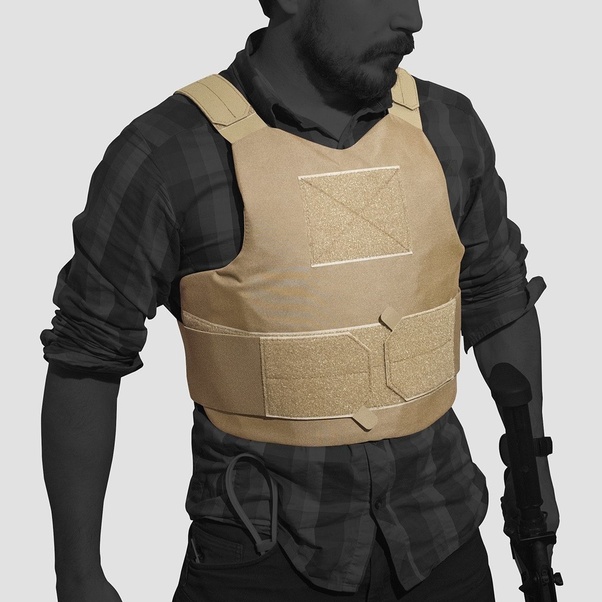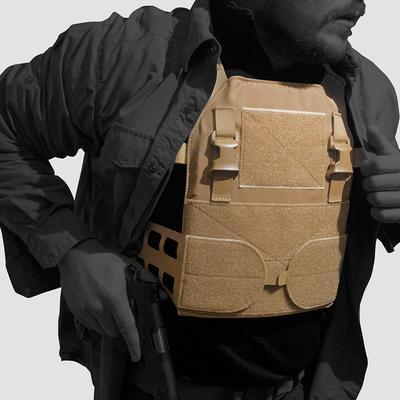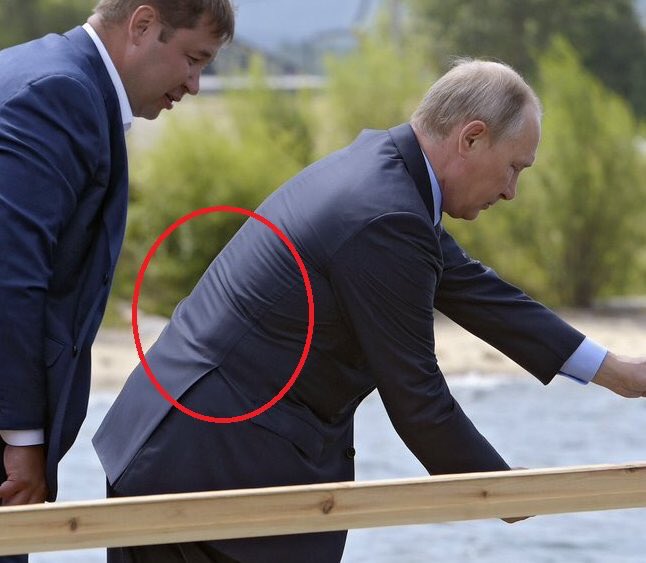As an international security consultant for Vostok Consult, I’ve spent a lot of time wearing bulletproof vests under my shirt and armor plate in my backpack to be as discreet as possible in hostile environments. As a result, I know a thing or two about concealed body armor.
Concealed body armor is worn by everybody from police and close protection officers to security contractors and even Vladimir Putin! It’s designed to be covert and unseen. Ultimately, it’s there to protect your life and allow you to live and work in hostile environments with confidence.

When it comes to buying concealed body armor, it’s a minefield as there are so many options on the market and many different factors to take into account. However, your body armor is one of the most important investments you can make in a career working in dangerous countries and hostile environments. It’s aimed to save your life after all. In this article, I’m going to give you some tips on buying and wearing concealed body armor for when you’re deployed.
When buying covert body armor, never buy second hand and always buy from a reputable body armor outlet where you can ideally try before you buy to ensure quality and fit. Discuss with the salesman what exactly your requirements are to ensure you buy the concealed body armor that is right for you. Make sure to get a warranty with your purchase, read it, and adhere to it.
Concealed Body Armor must fit properly!
Covert body armor is not supposed to be seen, therefore it must fit as close to your body to remain unnoticed and most importantly, keep you from harm and possibly save your life. Your best option is to purchase a custom-fitted bulletproof vest to ensure that it is perfectly fitted for your personal shape. Even if it costs extra, do it.
Whilst concealed body armor provides physical protection, the Military Grade Travel Guide provides the skills for you to stay safe in hostile environments at home and abroad. Life-saving advice for the price of a coffee:

To give you an idea of the correct measurements that concealed body armor should have. When you’re standing up, the front of the vest should be about 2″ above your belt to ensure maneuverability when you sit down in vehicles. The back of the vest should be around ¾ of an inch from your belt and 4” from your collar to stop the concealed body armor from riding up when you stand up after sitting down.
A common mistake people make is to overlap the side panels. This not only creates unnecessary wear and limits the lifespan of the vest, but it also creates unnecessary bulk that can lead to the concealed body armor being seen. Aim for a vest that has a small gap between the front and back panels.
Your Concealed Body Armor Needs Care!
I’ve seen too many guys throw off their body armor after a long day and take next to no care of it at all, yet still have the confidence that their ill-maintained equipment will save their life. You wouldn’t treat a gun like that, so don’t treat your armor like it!

I’ve seen guys hug their body armor tighter than they hug their girlfriends. When strapping up you need to stop the second you feel the straps give resistance. You only need to tighten the vest enough to stop it from moving excessively. Over tightening your concealed body armor will lead to the straps curling over and limiting the lifespan of the vest. In a shit hitting the fan situation, you’re going to start breathing heavily. A tight vest will prevent your lungs from being able to operate properly and restrict your chest.
When it comes to fitting the body armor plates, make sure you’re wearing the right vest as you could void your warranty. For example, if you use heavy anti-rifle plates in a vest designed for only trauma plates, you’re on the road to disaster. Body armor levels vary from civilian body armor to police body armor to military body armor, so use a vest designed for specific plates.
Concealed Body Armor Storage
Taking proper care of your Concealed Body Armor when you’re not wearing it is not that hard. Always make sure it’s stored flat with no other equipment on top of it or leaning against it. Always refrain from hanging the vest as this will stretch the elastic and cause the straps to curl. Whilst it’s not always easy to do depending on where in the world you’re working, avoid storing your vest in high heat, wet or humid places. Body armor and water don’t mix.

As you wear the armor under your clothes you’ll need to wash the body armor carrier from time to time. To do so, remove the panels and wash the carrier on a gentle cycle before letting them air dry rather than use a dryer. Bleach can be used on white body armor carriers.
Always regularly inspect your personal body armor as you would your weapon. Ensure the stitching and seal is intact, if you see any of the plate protruding from the carrier then you need to fix it immediately. To do so, call the manufacturer and ask for advice before tampering with the vest or request a new one from your employer if possible.
Whilst you’ve chosen a dangerous job, efficient concealed body armor gives you the opportunity to carry it out with confidence and peace of mind. Never underestimate your armor and treat it with the respect it deserves.
If you enjoyed this article be sure to check out our related work in the Weapons and technology department of Reaper Feed.













